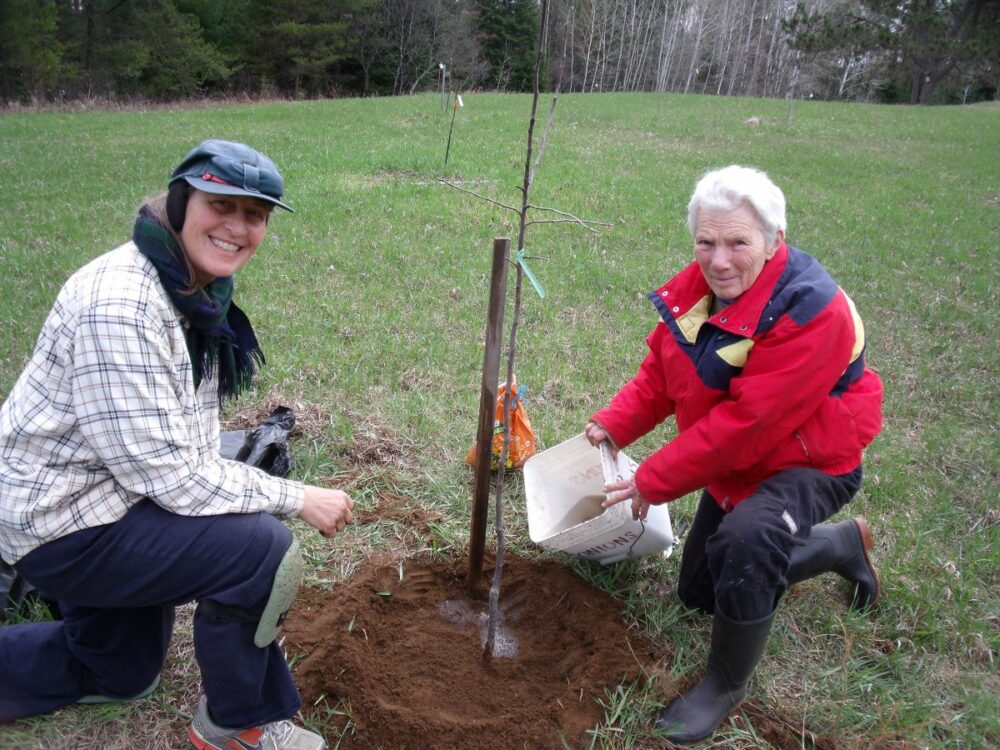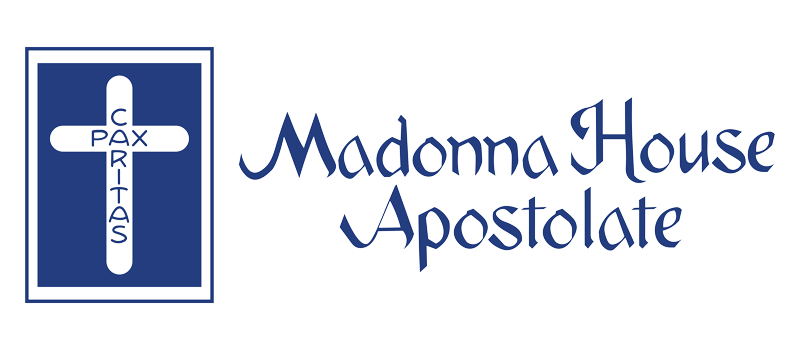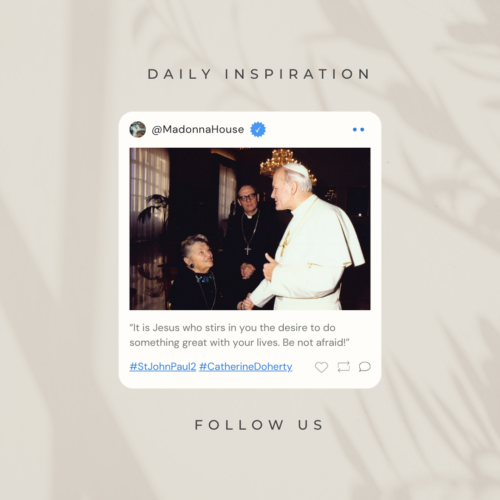
Mary Davis November 13, 1933 – March 20, 2024
It is hard to write about a person like Mary D who had such an exceptional but hidden life. Where does one start?
Why did so many people love and cherish her? Maybe because they each felt loved, cherished, encouraged, and challenged by her.
Mary was born in Peabody, MA on November 13, 1933. She moved with her family to Quebec in 1949. After hearing a lecture by Catherine Doherty in 1950 in Quebec, one of Mary’s high school teachers arranged a scholarship for Mary and another girl to come to the summer school of Catholic Action in Combermere. Mary returned the following year and in 1953 came to stay.
During her 70 years as a member of Madonna House, Mary had assignments during winter months at St. Joseph’s House in Combermere, and at our mission houses in Edmonton, Virginia, Arizona, and England, but she spent most of her life in Combermere, caring for the gardens.
◈◈◈
She Learned from Catherine
In an interview, Mary explained how she came to know so much about gardening. “Catherine Doherty taught me herself. She enrolled us in courses and got us books to read. She had tremendous knowledge about how to deal with the land, the plants, and trees. In the mornings we would go out together and she would show me what to do, step by step. It was all about stewardship.
“Catherine had a huge vision of life and of God and was intent on passing it on to us. She wanted us to think big and to broaden ourselves to the fullness of our capabilities – for each person to realize their full potential as a human being and as a child of God. She was relentless in training the members of the community, giving them a vision for the future.”
Mary learned her lessons well. She planned and started many of our apple orchards from seed. As it takes eight years to go from seed to apple-bearing tree, Mary invested in the future with a great deal of patience.
She was kind. A story is told of a guest who was particularly sassy and rude to her. She bore it calmly and when asked later why she didn’t put the upstart in her place, Mary simply said, “I do not want to break her spirit.”
Joanne Weisbeck, now our sacristan, worked with Mary in the gardens as a guest when she first came to Madonna House.
“All of us learned a lot more than just about weeds and flowers or, in the winter time, working with wool. Mary could not help but pass on the wisdom of life which she gleaned through the years. Her love of life and nature was contagious,” said Joanne.
Ruth Siebenaler, who worked with Mary for 30 years, is now the head gardener. Ruth said they often wanted to try out new ideas for the gardens, but sometimes they didn’t work out, or the plants were hit by blight.
Mary told her, “This isn’t my garden. This isn’t your garden. This is God’s garden, and he will provide the inspiration if he wants anything done. If this project isn’t meant to be, we simply will not have the ability to do it.”
For decades, many of the young people coming through Madonna House have worked with Mary in the gardens. She loved to broaden and deepen her own knowledge of God’s creation through reading and documentary films and to pass on this wisdom to the young people, as she taught them how to marvel at God’s artistry. They loved being with her.
In the late 1980s, she started a greenhouse near our handicraft center, and since then we have been able to start annual flowers and early lettuce. Thanks to Mary, Ruth, and their gardening team, we have raspberry, honeyberry, and asparagus patches. Her two-year project of cultivating a large blueberry patch has borne 100 fruit-bearing plants.
Mary joined the Madawaska Valley Horticultural Society early in its history and every spring she divided up perennials and potted young fruit trees to donate to their plant sale. She was also a guest speaker at times.
◈◈◈
Foreign Travels
Mary accompanied our foundress, Catherine Doherty, to the 3rd International Congress of the Laity in Rome in 1967 and also made a pilgrimage to Russia with another member of the community after privately studying Russian.
In 1970 she was assigned, along with Theresa Davis and Susan Adams, to be the founding team of our mission house in Haifa, Israel, at the invitation of our associate member Archbishop Joseph Raya.
Mary took every advantage of her time there to see and learn about the Holy Land, where she made life-long friends. She even joined an archeological dig at the Temple Mount. With another member of Madonna House, she visited Mount Sinai and toured the Sinai Desert, riding on a camel, living as the Bedouins do, soaking up the landscape of mountains, enjoying the fresh air and silence.
When the house in Haifa closed and the archbishop retired to Combermere, Mary spent many evening hours and free time typing and retyping manuscripts for his books.
Mary loved Catherine who, she said, “was the most powerful influence in my life.” Mary was her cook for many years. However, she was willing to challenge Catherine or anyone else when she disagreed – expressing her opinions with clarity and logic, and without anger.
◈◈◈
Working with Wool
During the off-gardening season, Mary worked with wool sheared from our own sheep. She learned carding, spinning, weaving and even the art of knotting Persian-style rugs, and she was thrilled to pass this knowledge on to anyone interested. The wool room at St. Mary’s would be filled with guests during the winter as young people worked with Mary on these tasks, all the while hearing her stories about life with God, God in nature, or about life in Madonna House.
Eliana Chagas, head of our handicraft department, said that Mary was a big soul. “Mary carried the poor in a very personal way through her many crafts, spinning, weaving, potting, and creating beautiful items to sell in our gift shop for the missions. And her gardens fed the poor. Every day she had a new idea and it was hard to keep up with her,” she said.
◈◈◈
Beyond her Preferences
In his homily at Mary’s funeral Mass, Fr. Kieran Kilcommons talked about life being changed, not ended. He spoke of how God moves us from perishability to imperishability as he works out his life within us. Mary cooperated with this work and learned to come to repentance quickly, he said.
He related a story from Fr. David May: Mary was at a Restoration bee where everyone was folding the newspaper for mailing out, when she read part of an article to which she took strong exception. She went to the people in charge and insisted that the issue be cancelled, saying we simply couldn’t send it out. Her request was denied.
The next day, Fr. David, who was Restoration editor, went to Mary and apologized for causing her distress. Immediately she said, “Oh, I’ve forgiven all that. After all, I am a Christian.”
Peter Gravelle is head of our renovation project at the main house, which is about half completed. Over the past five years, constructing a large kitchen addition necessitated making landscape changes, which included cutting down trees, pulling up gardens and grass, and dismantling the beautiful stone wall Mary herself built many years ago.
“It was difficult for Mary to see all this happening, but despite her personal pain over these changes, at some point she was able to see the care and beauty going into the building project, and she became one of our best advocates and supporters. She was able to go beyond her own opinions and preferences,” said Peter.
◈◈◈
She Encouraged Everyone
Mary encouraged others to pursue their dreams. She paid for someone to attend a fiddler camp when she wanted to learn how to play. She taught Anne Marie Murphy to spin and dye our wool and brought the art of pysanky (Ukrainian egg decorating) to Madonna House.
Anne Marie spoke of Mary’s joy and enthusiasm whenever she was learning something new. Her delight in growing and nurturing life impressed Anne Marie’s father so much that he sent her money for seeds every year.
Fr. David Linder told of attending a talk by Mary ten years ago on the history of our orchards and the many varieties of apples we have cultivated. He said he was not looking forward to the topic, which sounded boring, but was “totally transformed” by what she said. “I realized that the apples were just an excuse for apostolic relationships. I saw my sister as an apostle, not just a gardener.”
Mary fed the birds every day and made sure, as she was dying, that someone else was prepared to carry on this work. Chickadees would alight on her outstretched hand, which always surprised our guests.
It is not possible to remember Mary’s life without mentioning her beloved dogs. One by one, over the years, Scappie, Domino, Gleb, Towser, Sparky, Kaylee, and Bailey were trained and cherished by Mary and her gardeners.
The dogs and many of us benefited from her annual camping/canoeing trips into Algonquin Park, a practice she continued well into her 80s, summer and winter.
◈◈◈
Natural Mystic
Mary was also a contemplative. She was one of the first to make a poustinia when Catherine introduced it into our community life, but never made another one; her daily tasks provided her with ample opportunity to contemplate God’s handiwork and to be grateful. Someone called her a “natural mystic.”
She had learned from Catherine that everything we do can be connected to Christ and the Church, and that all our sufferings have redeeming value when united to Christ.
Early risers at Madonna House saw Mary every morning in prayer and contemplation of the rising sun over the Madawaska River as she sat in darkness in the little library with her cup of tea.
When one of our members dies, we prepare a memorial album with photos and stories documenting that person’s life. Shortly before Mary’s death, Kathy McVady, our archivist, brought her memorial album over to her cabin so she could look through it.
Mary, who had been lamenting that she was dying before she did all that she had wanted to do, slowly perused the many photos and documentation of her life and peacefully commented, “I did do it all.”
◈◈◈
A Path for Others
A trail of light. These words are carved on the wooden cross which marks Mary’s grave in the Combermere parish cemetery. She lived our spirituality naturally in a hidden way. She did indeed leave a trail of light for generations of community members and guests to follow as she served the Lord and his creation with such dedication and love.




